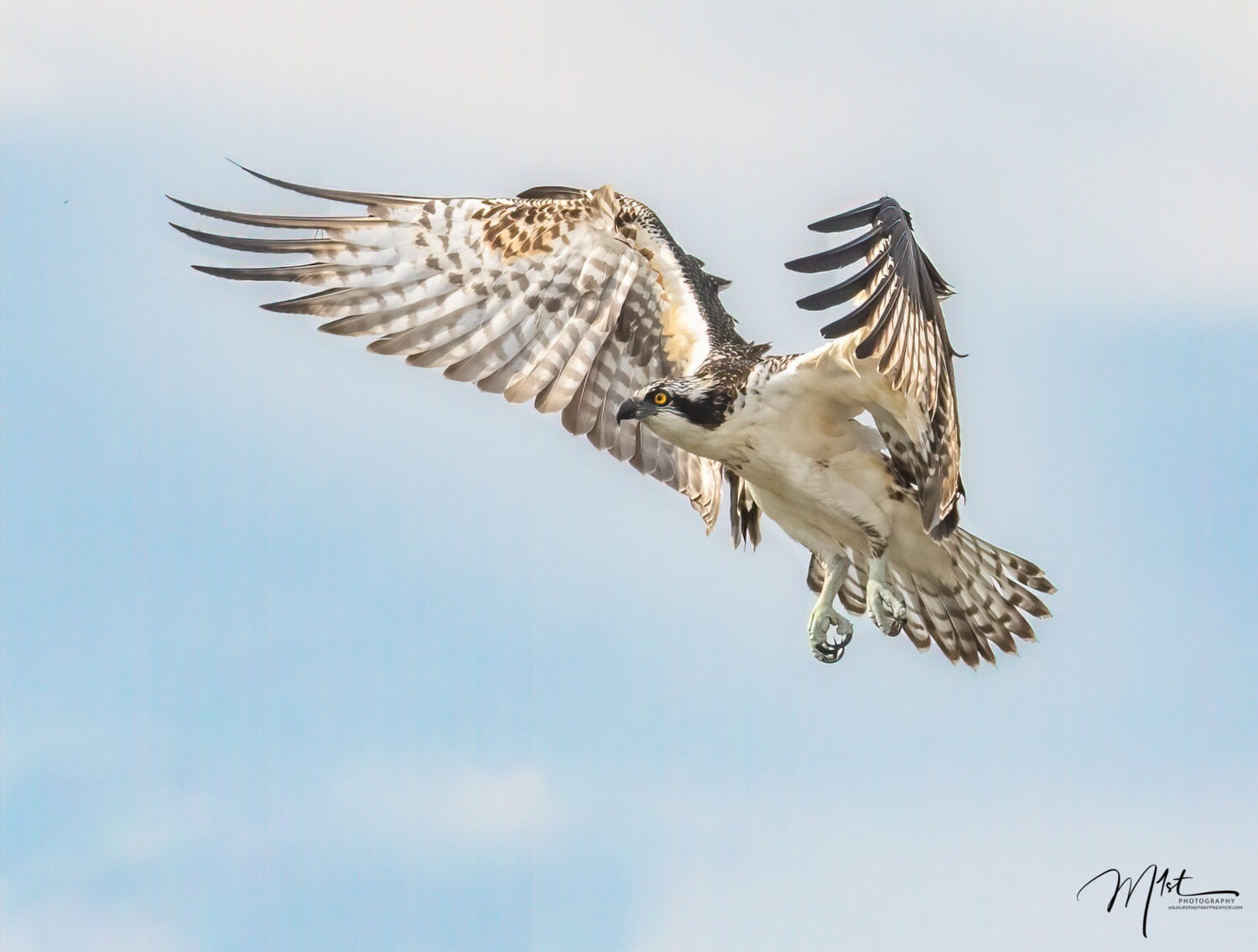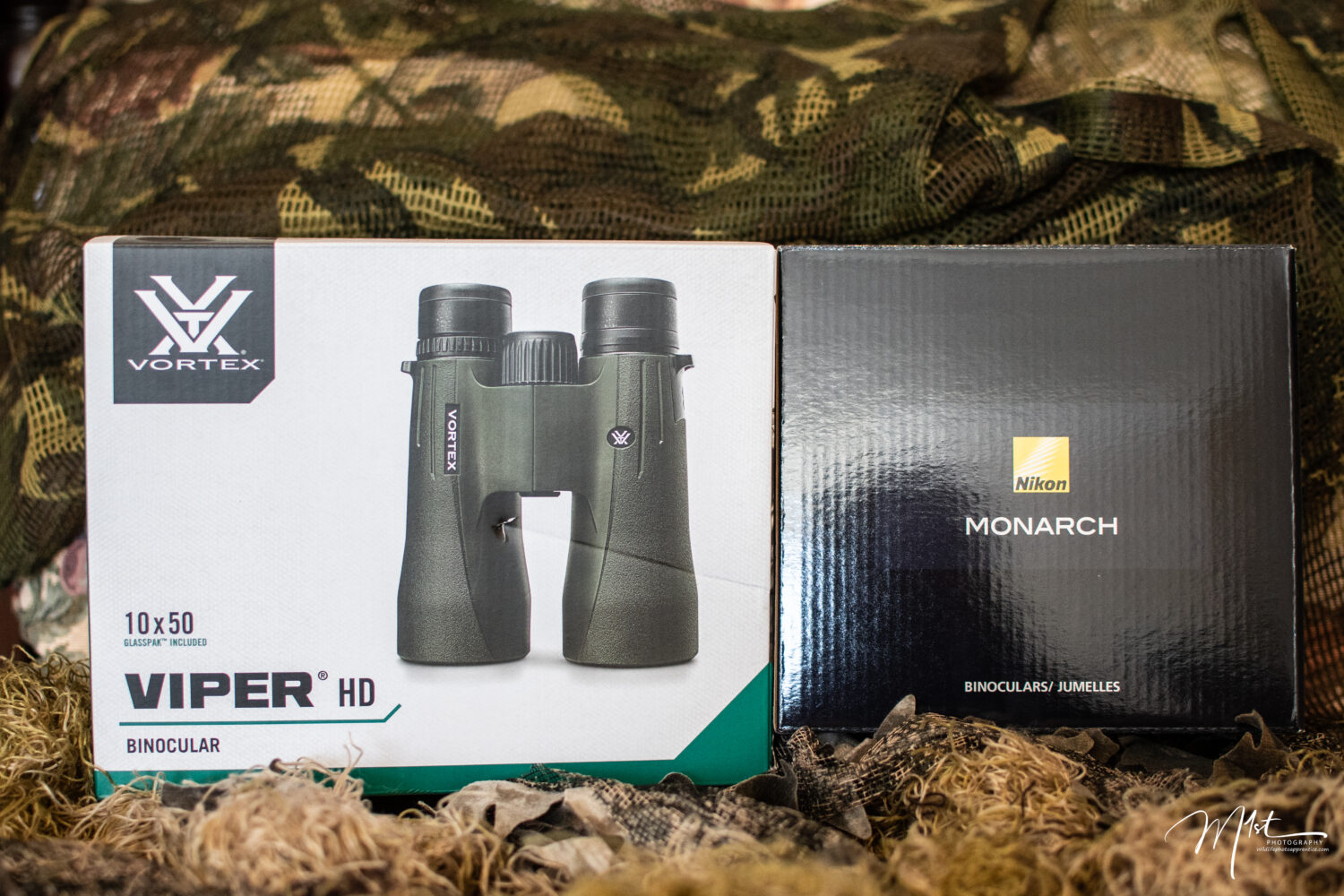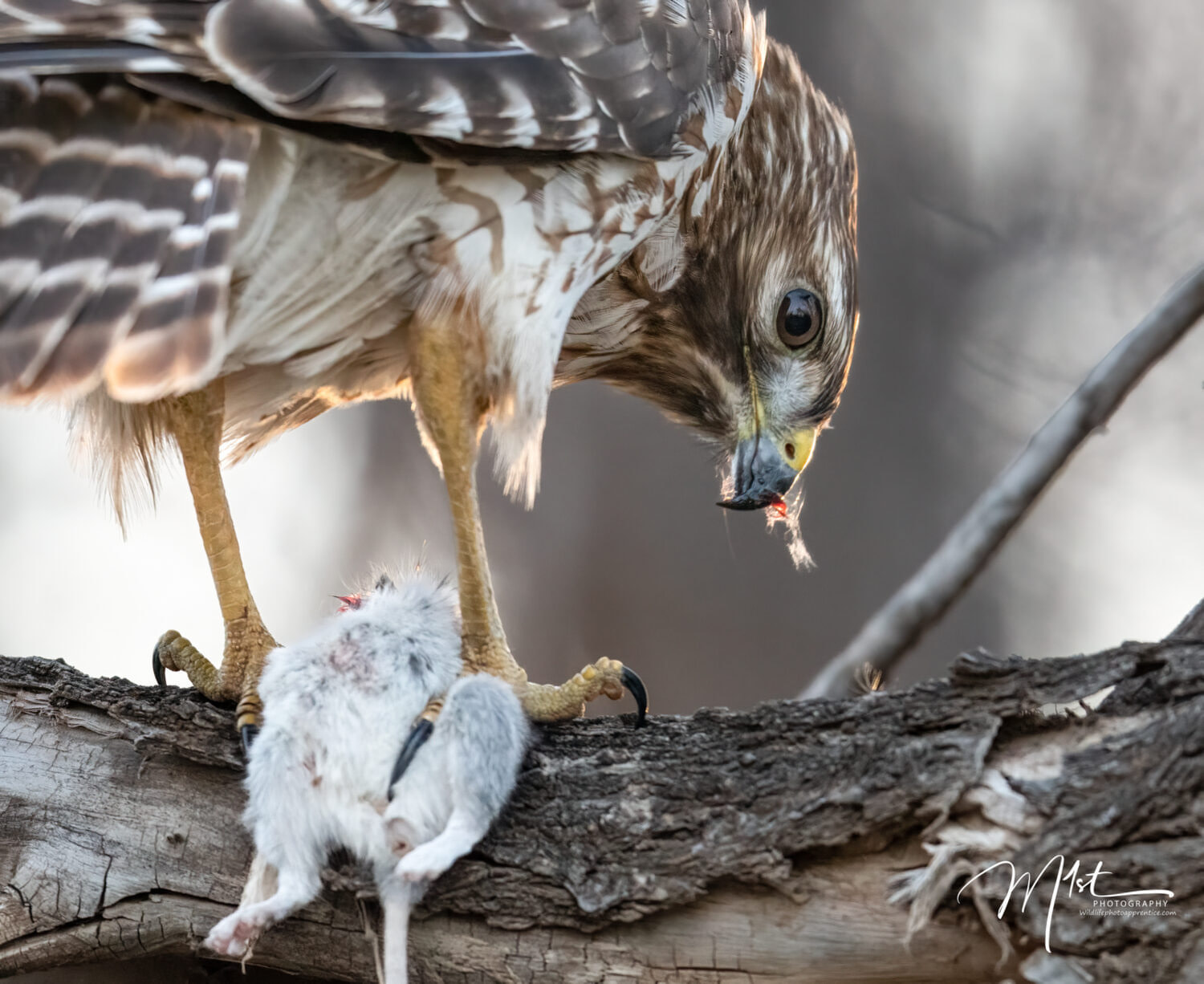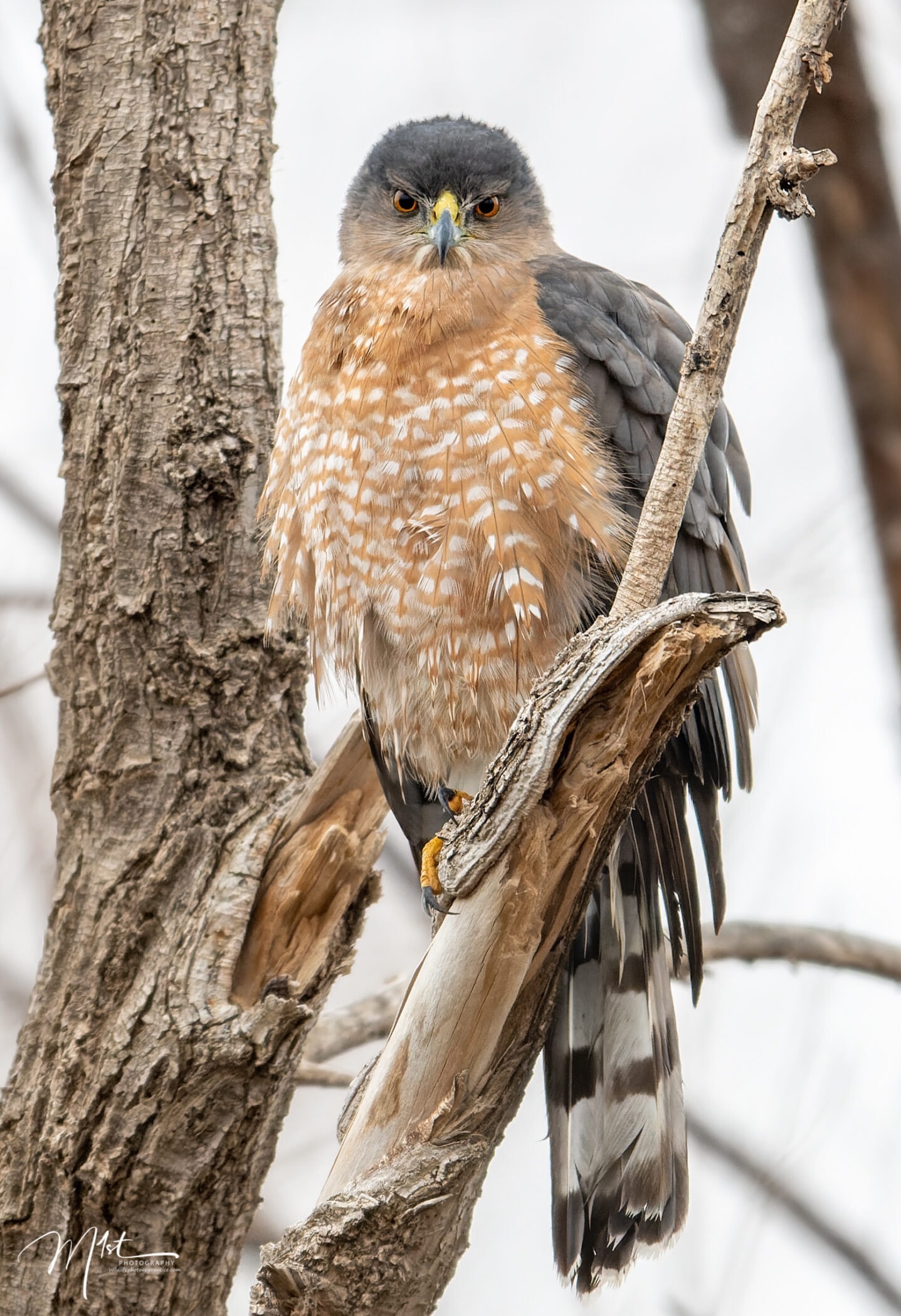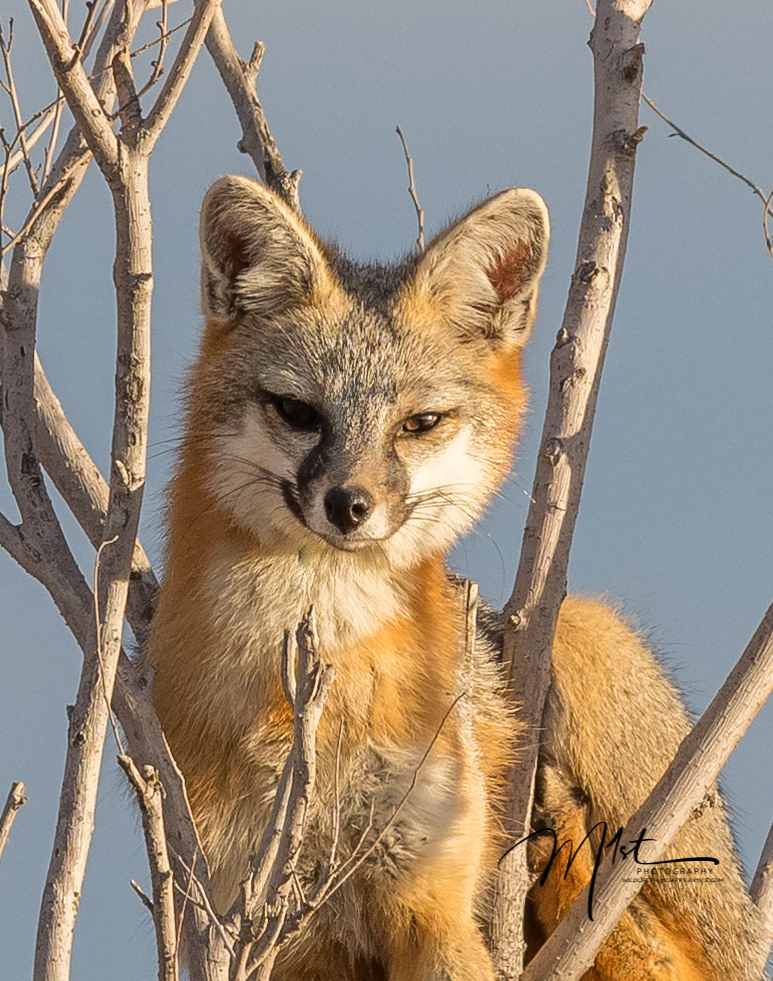Ospreys are magnificent birds of prey that are loads of fun to photograph. Their manner of fishing by diving feet first is exhilarating to watch and a challenge to photograph. Living in West Texas you may think your chances of photographing an Osprey might be slim but even though Ospreys are not common in West Texas they can be found more often than you think. During their migration, they can be found near any body of water such as freshwater lakes and playas as long as there are good fish populations. The best time to spot them is during the fall migration, late September through mid-November. Believe it or not, all of the photographs posted in this blog were taken in Midland Texas. Let’s explore some things about Ospreys that will help you improve your chances of photographing one next fall.
